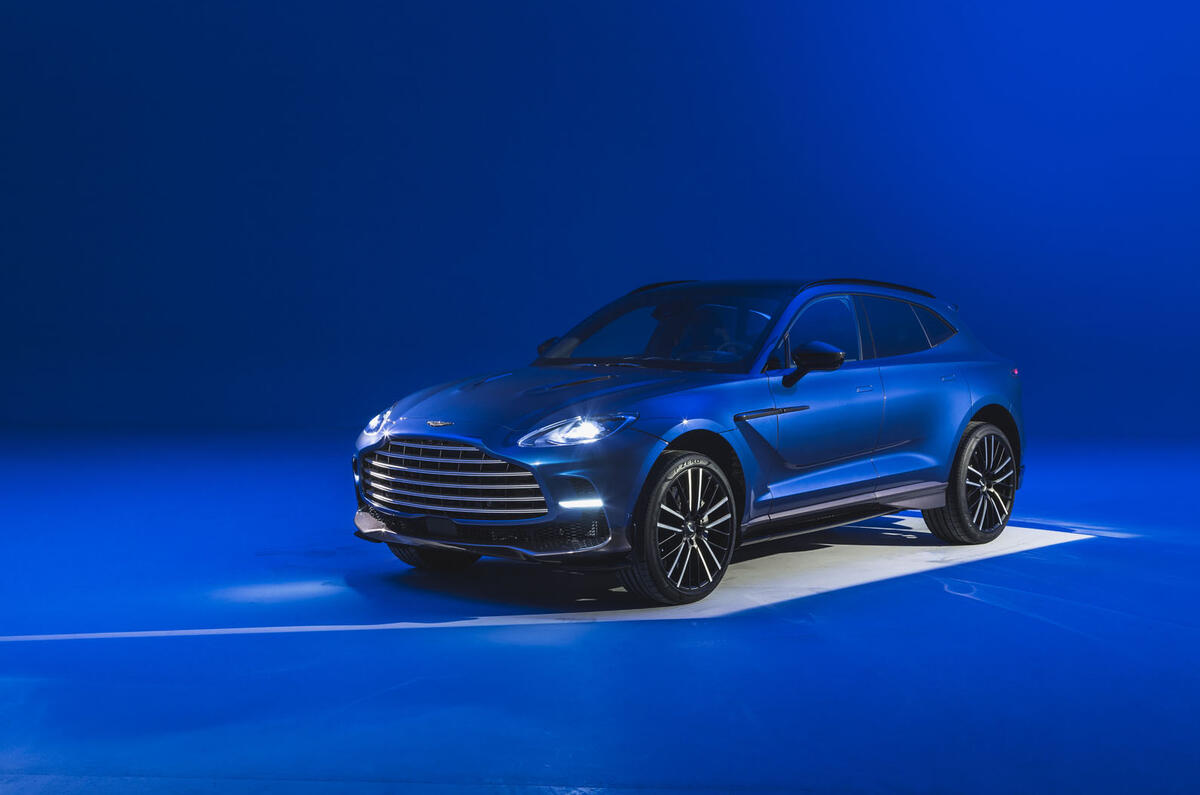Aston Martin has posted a profitable end to 2022, stirring hopes among investors and fans that the struggling luxury brand can turn around a prolonged loss-making spell.
The company made a narrow operating profit of £6.6 million for the final three months of 2022, boosted by a higher average selling price for its cars of £184,000, up from £152,000 last year, excluding specials.




Add your comment